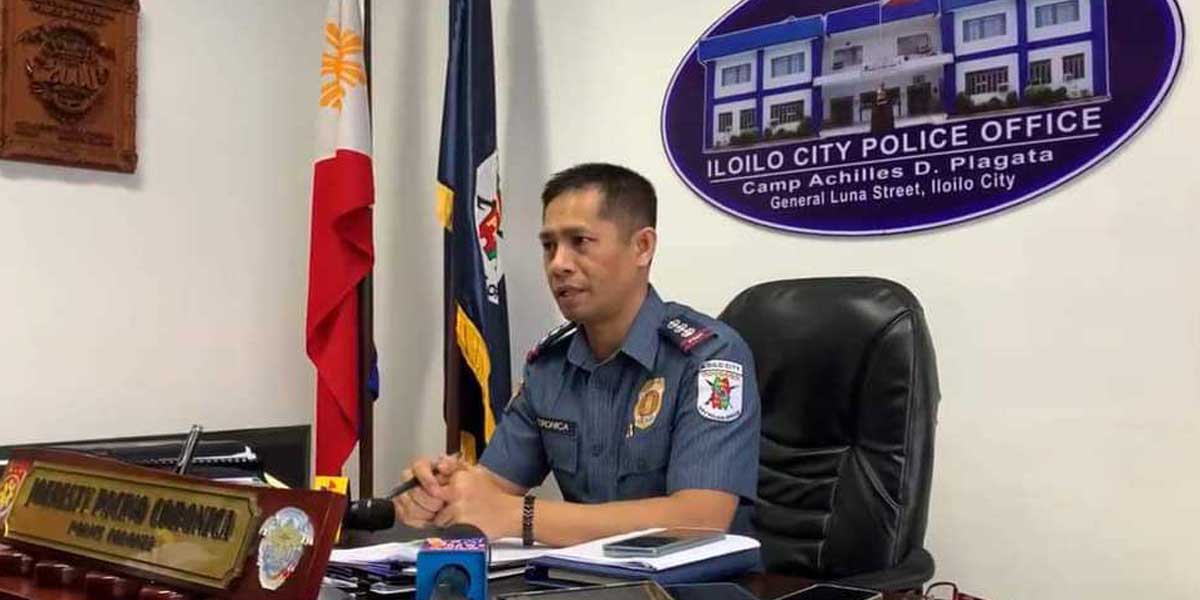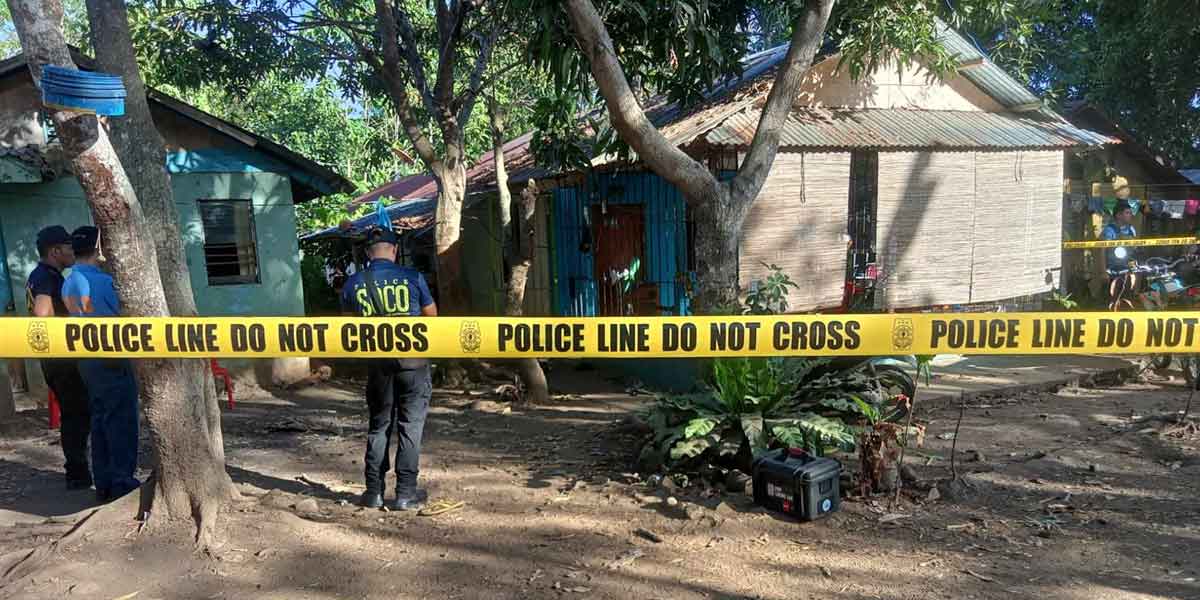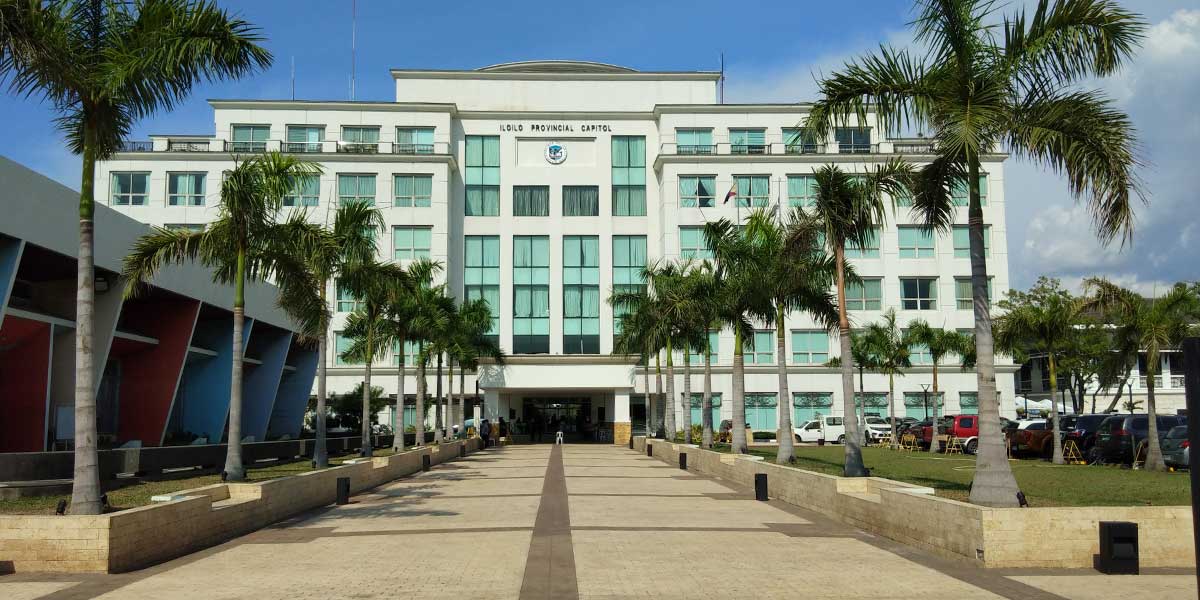By Francis Allan L. Angelo
“With great powers come great responsibility.” – Uncle Ben Parker, Spider-Man
We commiserate with our colleagues in RMN-Iloilo for the legal debacle they are facing, particularly the libel suits filed by the regional director of the Department of Education in Western Visayas.
As always, this corner is consistent in pushing for the decriminalization of libel at this has been the prime weapon of some personalities and institutions against responsible and conscientious journalists.
But while libel is still very much part of our realities, there are mediation mechanisms where the public can lodge their concerns against media workers and organizations, such as the media council. This mechanism is costless, fair, and fast. It also seeks to lessen the tension while at the same time address ethical conundrums in journalism and among journalists.
Currently, the Iloilo Media-Citizen Council, which I currently lead, is being formalized to fulfil this aim. This council was triggered by efforts of the Philippine Press Institute to promote independent self-regulation in media. I was tapped for this initiative and part of the preparations was a fellowship under the ITP program of the Swedish International Development Cooperation Agency, which included a trip to Stockholm, Sweden to study its own version of media self-regulation.
Since the case against RMN commentators are already with the prosecution service, we can only wait for the resolution. But the council is open to mediating between the two parties, not just to settle things but to address the “ethical elephants” in our newsrooms.
***
In an era where the media’s influence pervades every facet of society, the responsibility it bears in shaping public perception and discourse is colossal. This is particularly true when it comes to the portrayal of vulnerable sectors such as persons with disabilities (PWDs), LGBTQIA++ communities, and women and their children.
Media accountability, in this context, is not just a professional obligation but a societal imperative to ensure that these groups are represented fairly, accurately, and respectfully.
The power of media, both traditional and new, to influence societal attitudes and norms cannot be understated. It shapes perceptions, informs opinions, and can either reinforce stereotypes or challenge them. Unfortunately, history shows that media representation of vulnerable sectors has often been marked by stereotypes, marginalization, and invisibility. This not only perpetuates discrimination but also impedes the societal inclusion and equal rights of these communities. As such, the call for media accountability is louder and more critical than ever.
Media accountability involves a set of principles and practices aimed at ensuring journalists and media outlets act in the public’s interest. This includes accuracy, fairness, impartiality, and harm minimization. In the context of protecting vulnerable sectors, these principles take on added significance.
Accuracy and Fair Representation
One of the first steps towards media accountability is ensuring accuracy in reporting. This includes the correct use of terminology and language that respects the dignity of the individuals involved. For instance, using person-first language for PWDs (e.g., “person with a disability” instead of “disabled person”) respects their identity beyond their disability. Similarly, respecting the preferred pronouns and identities of LGBTQIA++ individuals is crucial for their recognition and respect.
Moreover, fair representation entails moving beyond tokenism or stereotypical portrayals. It’s about showcasing the diverse experiences and challenges faced by these groups without reducing their identity to mere plot devices or sensational stories. This involves including voices from these communities in the storytelling process, ensuring their perspectives are heard and represented accurately.
Impartiality and Avoiding Sensationalism
Media outlets must strive for impartiality, avoiding bias or prejudice in their coverage. This is particularly important in issues concerning vulnerable sectors, where biased reporting can reinforce stigma and discrimination. Sensationalism, especially in cases involving violence or discrimination against women, PWDs, or LGBTQIA++ individuals, can be particularly harmful. It not only violates the dignity of those involved but can also trigger trauma for the wider community. Responsible reporting should prioritize the privacy, dignity, and safety of individuals over sensational headlines.
Harm Minimization
The principle of harm minimization is paramount when reporting on vulnerable sectors. Media practitioners must be acutely aware of the potential harm their reporting could cause, both to individuals and communities. This includes considering the impact of their coverage on the mental health and well-being of those involved. For example, explicit details of violence or discrimination can retraumatize victims and their families. Thus, media outlets must find a balance between informing the public and not causing further harm to those already vulnerable.
The Role of Regulatory Bodies and Self-Regulation
Media accountability is also reinforced by the presence of regulatory bodies and self-regulation within the industry. Regulatory bodies can set standards and guidelines for responsible reporting, providing a framework within which media outlets must operate. However, self-regulation is equally important. Media organizations and practitioners must internalize these principles, integrating them into their professional ethos and practice.
Furthermore, the advent of social media and citizen journalism has democratized media production, making the conversation around media accountability even more complex. This underscores the need for media literacy among the public, empowering individuals to critically evaluate the media they consume and hold outlets accountable.
Engaging with Vulnerable Communities
Engagement with the communities being represented is crucial for accountable media practice. This involves not only consulting these groups on how they wish to be portrayed but also including them in the production process where possible. Such engagement ensures that the narratives created are not only about these communities but also for and with them, fostering a more inclusive and respectful media landscape.
In conclusion, media accountability in the context of protecting vulnerable sectors like PWDs, LGBTQIA++, and women and their children is a multifaceted issue that requires a concerted effort from all stakeholders. This includes the media industry, regulatory bodies, civil society, and the public at large. By adhering to principles of accuracy, fairness, impartiality, and harm minimization, the media can play a pivotal role in fostering a more inclusive, respectful, and just society. It is not merely about avoiding harm but actively contributing to the empowerment and dignity of these communities. As the media landscape continues to evolve, the principles of media accountability must remain steadfast, guiding the industry towards a more equitable and responsible future.
The column is based on general knowledge and principles related to media ethics and accountability, drawing from widely accepted standards and practices in journalism and media studies. For detailed and specific insights, you may refer to the following types of sources:
- Codes of Ethics and Guidelines from Professional Bodies: Many journalism and media organizations have their own codes of ethics and guidelines, such as the Society of Professional Journalists (SPJ) Code of Ethics, the National Union of Journalists (NUJ) Code of Conduct, and the Radio Television Digital News Association (RTDNA) Code of Ethics.
- Academic Literature: Scholarly articles and books on media ethics, representation of vulnerable groups in the media, and media accountability provide in-depth analysis and case studies. Works such as “Media Ethics: Cases and Moral Reasoning” by Clifford Christians et al., and “Journalism Ethics: Arguments and Cases for the Twenty-First Century” by Wendy N. Wyatt, offer foundational insights into the ethical considerations of journalism.
- Reports and Publications by Advocacy Groups: Organizations advocating for the rights of PWDs, LGBTQIA++ communities, and women and children often publish reports and guidelines on media representation. These can provide specific examples and recommendations for respectful and accurate coverage.
- Media Watchdog Organizations: Groups like Fairness and Accuracy in Reporting (FAIR), the Media Matters for America, and the Poynter Institute regularly critique media practices and offer guidelines for ethical journalism.
- United Nations Guidelines and Reports: The UN and its affiliated organizations, such as UNESCO and UNICEF, publish guidelines and reports on media representation and the protection of vulnerable groups, emphasizing the importance of ethical reporting in upholding human rights.
***
BUZZ STOP: Coffeeshops are abuzz, especially the one in LaPaz, about a hefty-sized lechon landing on the premises of a key government agency that helps manage and discipline the police force.
According to our source, who also happens to be the lechon donor, the roast pig delight was meant to celebrate a major change at the said agency. The source made good of the bet that lechon will rain when a new boss is in town.
And so, the lechon was delivered almost a week ago. Most of us will think that the lardy “Trojan pig” could lead to ethical issues, but a handful of people in the agency said, “what a waste to refuse such delicious gift.” Not exactly Laocoönic wisdom here, folks.
The lechon is no more but here’s the rub: giving, receiving, and eating (in moderation) roast pig is inherently good. But what makes it unhealthy and unscrupulous is the motive for giving and if the giver is a party to sensitive matters being handled by the said office.
We only wish and pray that those who partook the lechon will not develop hypertension or heart conditions.
Email: faangelo@dailyguardian.com.ph






















